
|
ECGbook.com Making Medical Education Free for All |
Upload ECG for Interpretation |

|
ECGbook.com Making Medical Education Free for All |
Upload ECG for Interpretation |


Myocardial Depolarization


Myocardial Repolarization

Physiological T Wave
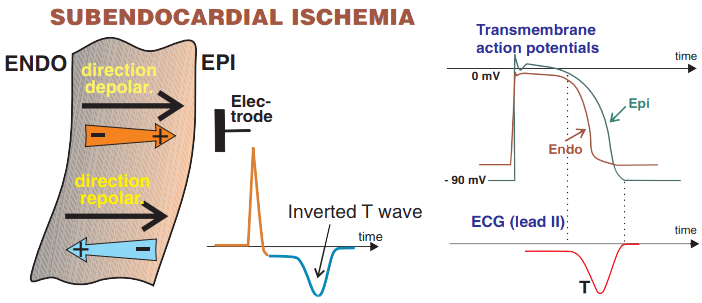
Subendocardial Ischemia
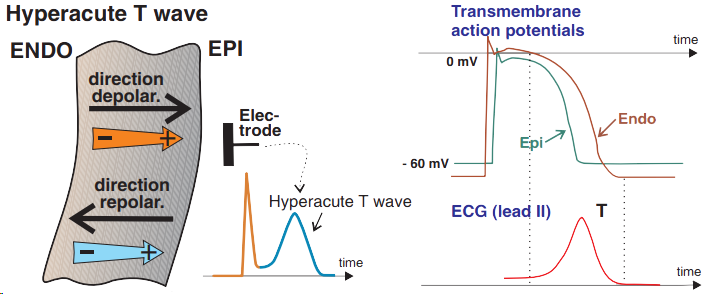
Subepicardial and Transmural Ischemia
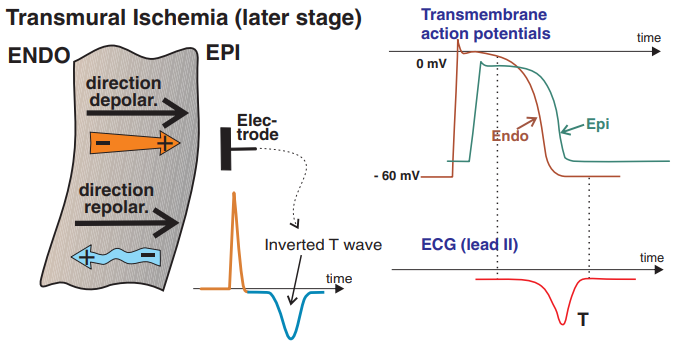
Late Transmural Ischemia

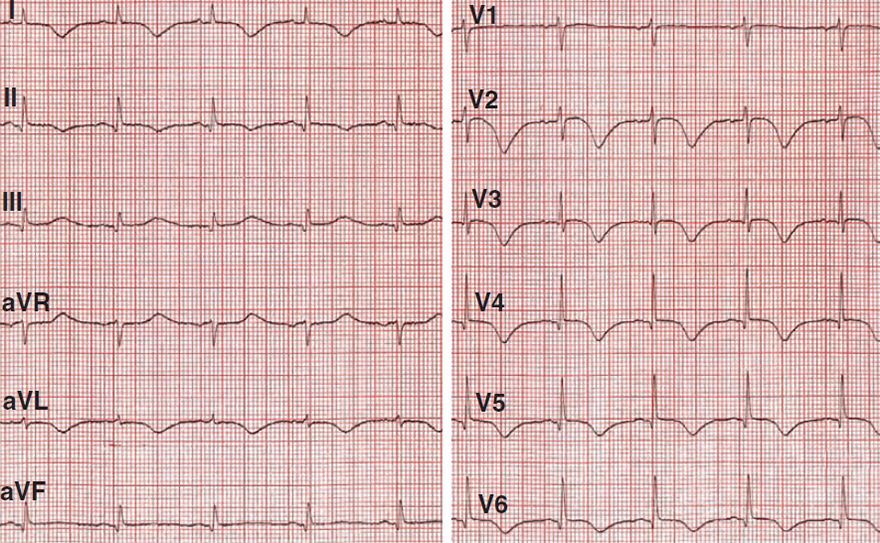
Unstable Angina Pectoris

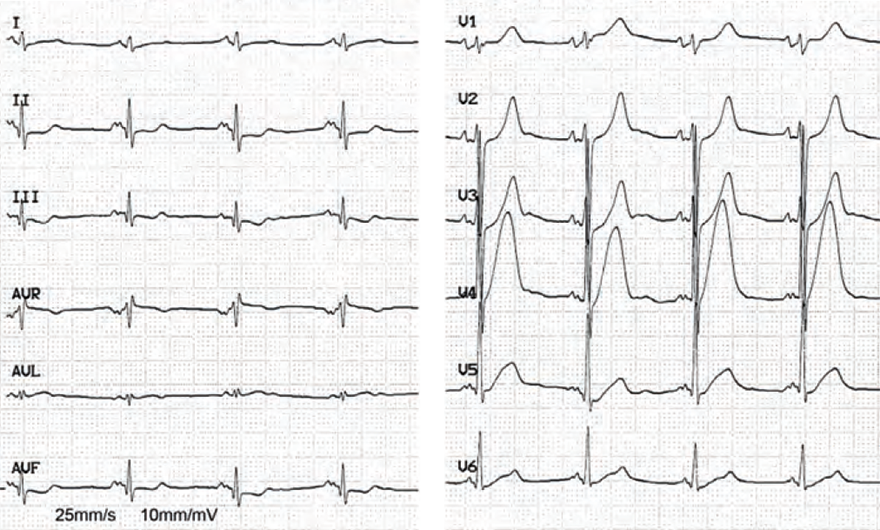
Hyperacute STEMI of the Anterior Wall


Old Anterior STEMI

STEMI Classification by Stage
Sources

|

Myocardial Depolarization
|

|

Myocardial Repolarization
|

Physiological T Wave

Subendocardial Ischemia

Subepicardial and Transmural Ischemia

Late Transmural Ischemia

|
Unstable Angina Pectoris
|

|

|
Hyperacute STEMI of the Anterior Wall
|

|

|
Old Anterior STEMI
|

|

STEMI Classification by Stage
Sources